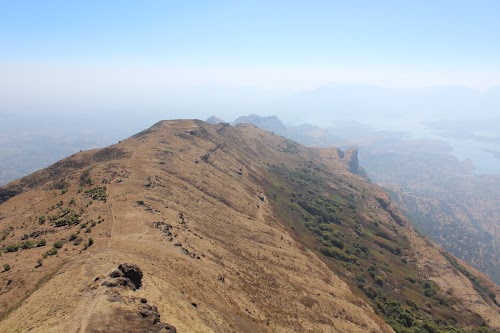
Kalsubai Peak
Igatpuri, India
- Camp overnight near the base village.
- Capture sunrise or sunset from the summit.
- Enjoy panoramic views of the surrounding landscape.
- Explore the local flora and fauna.
- Photography of Sahyadri mountain range.
- Trek to the summit of Kalsubai.
- Visit the Kalsubai temple at the peak.
Known for:
Description:
Kalsubai Peak, the 'Everest of Maharashtra,' is a majestic mountain in the Sahyadri range, offering breathtaking panoramic views. At 1646 meters (5400 feet), it's the highest point in Maharashtra, making it a popular destination for trekking enthusiasts and nature lovers. The trek to the summit involves a moderately challenging climb with steel ladders and well-defined trails. The peak is especially beautiful during the monsoon and post-monsoon seasons when the surrounding landscape is lush green. A small temple dedicated to Goddess Kalsubai is situated at the summit, adding a spiritual dimension to the experience. The sunrise and sunset views from the top are simply spectacular, making the trek a truly rewarding adventure. The trek is well-suited for beginners and experienced trekkers alike, offering a memorable experience in the heart of nature.
History:
The history of Kalsubai Peak is intertwined with local folklore and religious beliefs. The name 'Kalsubai' is derived from a local legend about a woman named Kalsubai who is believed to have lived in the mountains. According to the legend, she was a kind and compassionate woman who served the villagers. However, to avoid harassment from the villagers, she disappeared into the mountains. The temple at the summit is dedicated to her, and it serves as a place of worship for the local communities. While there isn't a recorded historical event directly linked to the peak, its strategic location in the Sahyadri range might have played a role in regional trade routes and defense strategies in the past. Today, it stands as a symbol of natural beauty and spiritual significance, attracting trekkers and pilgrims from across the state.